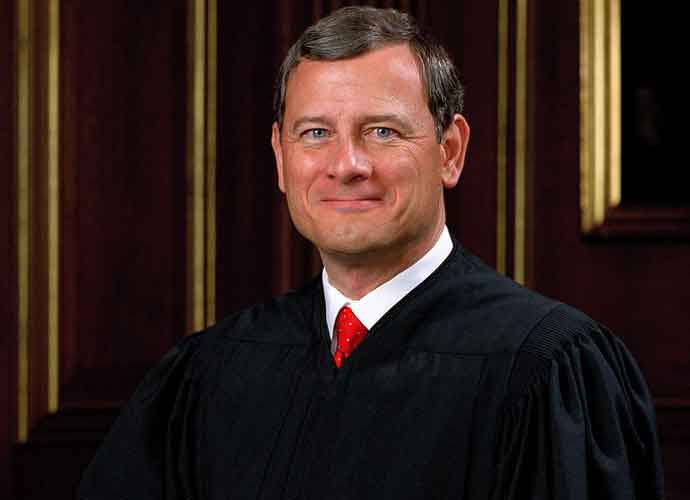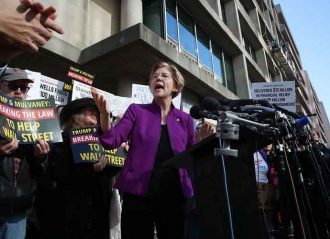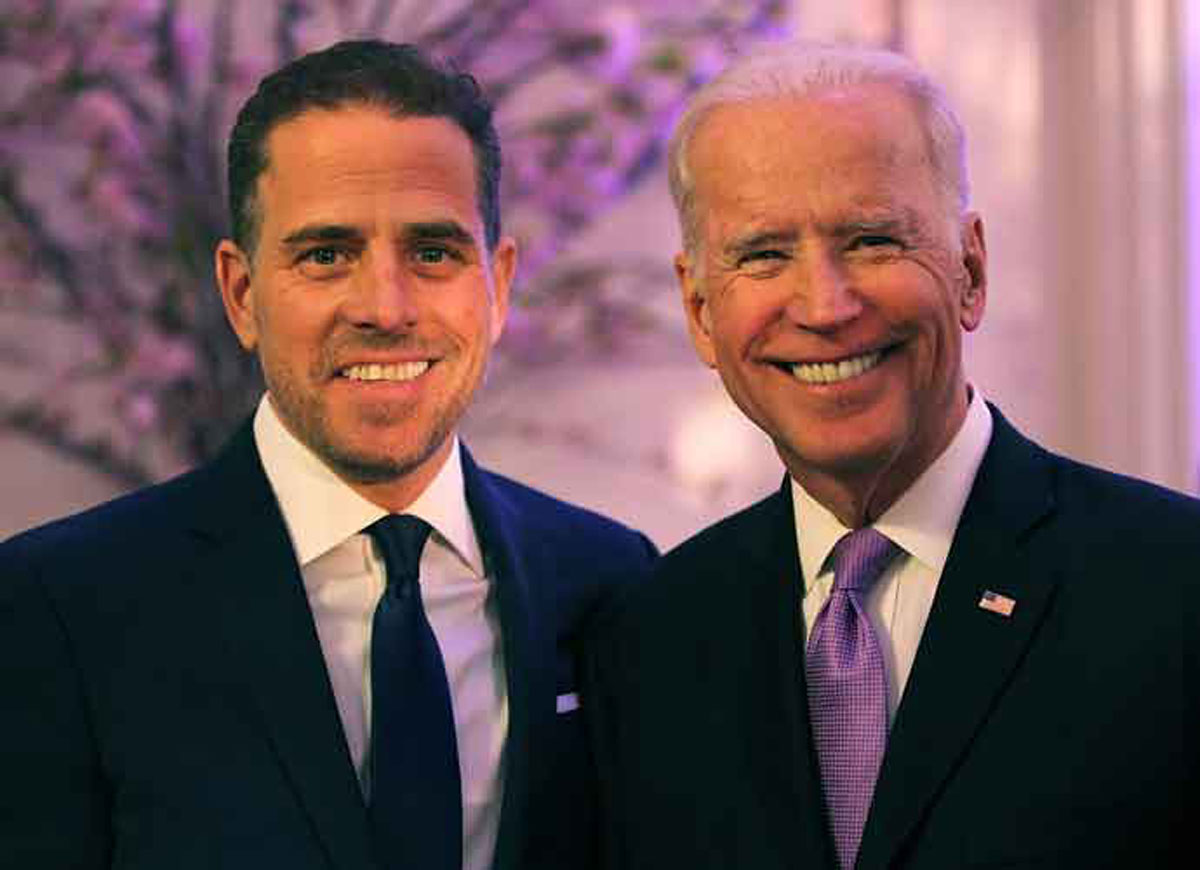Supreme Court Rules That Partisan Gerrymandering Is Not Against The Constitution
The Supreme Court ruled on Wednesday that partisan gerrymandering is not unconstitutional and that states may continue to use districting maps that favor one party over the other.
In a majority decision written by Chief Justice John Roberts, the court announced that the Founding Fathers understood that politics would play a role in the creation of districts and that it was outside the power of the judicial branch to act in a political manner and ban gerrymandering. The chief justice said that it was not within the court’s power to second-guess the judgment of lawmakers.
Gerrymandering is the process of dividing a state into districts in a manner that will benefit one party in elections. Some of the tactics which this involves are called “cracking” and “packing.” Cracking is when a region that strongly supports one party, such as a blue city, is split into separate parts that are individually not strong enough to sway an election and then adding them to a red area, thereby making the votes of those in the city useless. Packing, which is the opposite of cracking, is when a district is drawn to include all members of one party instead of having them spread across multiple districts. This results in one district that will always vote for a certain party and several other surrounding districts empty of those supporters.
SLIDESHOW: TOP DEMOCRATS RUNNING FOR PRESIDENT IN 2020
Subscribe to our free weekly newsletter!
A week of political news in your in-box.
We find the news you need to know, so you don't have to.
The specific maps that were brought to the Supreme Court were those of Maryland and North Carolina. The Democrats argued that the Republicans redrew the North Carolina electoral map to benefit themselves, while the Republicans argue the opposite in Maryland (the district that was drawn to support Democrats in Maryland is the one that was won by 2020 Democratic candidate John Delaney).
This issue is of increased importance now, as the districts are set to be redrawn once the data from the 2020 census comes back. With the country becoming increasingly polarized each day, and with 47 state legislatures controlled by one party, it is highly likely that both parties will redraw the maps to benefit their party for the next 10 years.
Get the most-revealing celebrity conversations with the uInterview podcast!




 Click here for the Top Democrats Running For President Against Trump In 2020 Slideshow
Click here for the Top Democrats Running For President Against Trump In 2020 Slideshow


Leave a comment